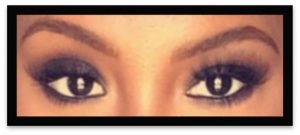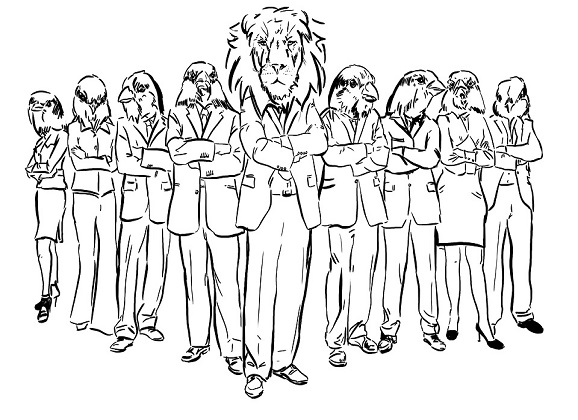How Can Eye Contact Protect You?
Eye contact is a dangerous, dangerous thing. But lovely. Oh, so lovely. – Hazel Hira Ozbek
One of my favorite things about grad school? I can tell people that I literally study persuasion for a living. From writing chapters on persuasion to conducting my own research on the topic, there’s hardly a day I don’t think about the psychology of persuasion in some capacity.
So don’t say I didn’t warn you…
However, recently (i.e., today), I took persuasion outside of the academic context and published a 10-day course on the psychology of 
But as you, dear reader, are my dear reader, I have some persuasion research for you not featured in my persuasion course. And it’s a trick you may find very useful when interacting with people like me…
In previous research, social scientists have shown that speakers are more persuasive when they make eye contact with their audience. Likely, this occurs because eye contact from the speaker encourages you to pay attention to their message. However, one thing unaddressed in this research is what happens when the listener also makes eye contact with the speaker.
In the first of two recent studies, researchers had participants watch a series of videos where speakers gave persuasive messages for a variety of controversial topics (e.g., assisted suicide, the current practices of the meat industry). And during these, the participants’ gazes were measured via eye-tracking equipment.
Interestingly, the more that listeners watched the speakers’ eyes, the less they were persuaded.
However, this data is all correlational, and as such, you could imagine that maybe those who looked longer at the speaker’s eyes simply agreed with the speaker’s position already, and that’s why it simply “appeared” like they were less persuaded.

Now, the researchers didn’t have a lot of evidence as to why looking at the speaker’s eyes reduced persuasion; however, one could speculate that making extended eye contact like that could generate a feeling of “threat” (as in the animal kingdom, eye contact is a sign of challenge) in which case the listeners were subsequently less receptive to the speaker’s arguments.
Nevertheless, when you’re reading this blog, you’re not able to make eye contact with me so I should always be persuasive. (But even if you could, you remember that part about me studying persuasion for a living, right? You don’t stand a chance regardless…)
Eyefully,
jdt
Chen, F. S., Minson, J. A., Schöne, M., & Heinrichs, M. (2013). In the Eye of the Beholder Eye Contact Increases Resistance to Persuasion. Psychological Science, 24(11), 2254-2261.
Kleinke, C. L. (1986). Gaze and eye contact: A research review. Psychological Bulletin, 100, 78–100.








GREAT GREAT POST
Loved every word and learned something
#lifeimproved
Question: By calling us “dear reader” then saying “my dear reader”, is that a persuasion trick? Getting us to trust you more or something?
Haha I’m glad you enjoyed it! I found this to be a fun research topic, too. But by calling you “dear reader,” there’s no hint at an persuasive attempt. You simply *are* my dear reader by reading. But then again, there is plenty of research showing that flattery can lead to greater compliance… Just know that wasn’t my intention 😉